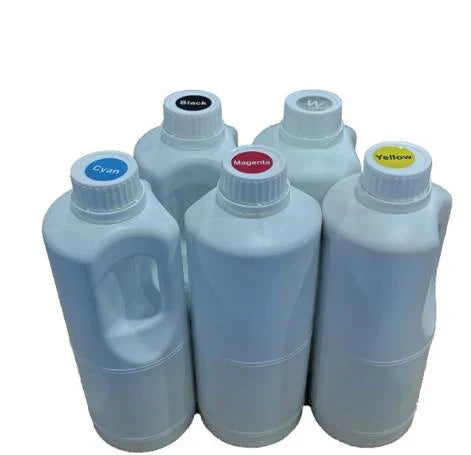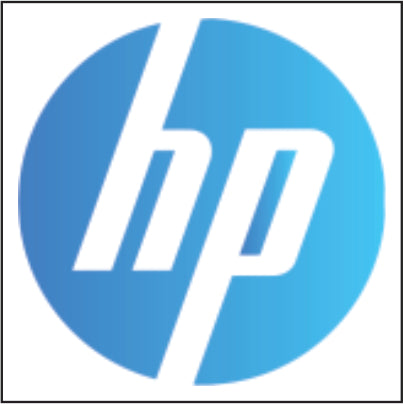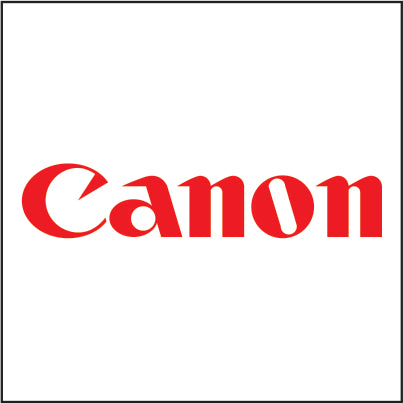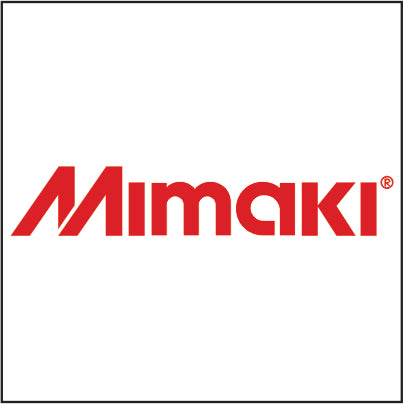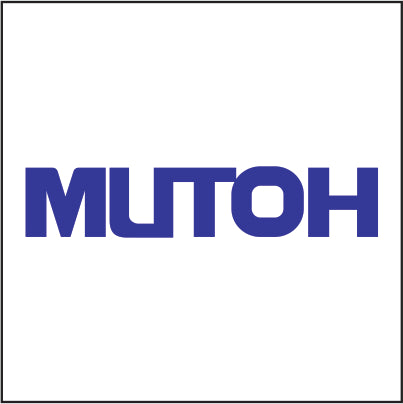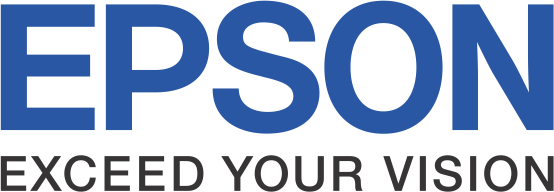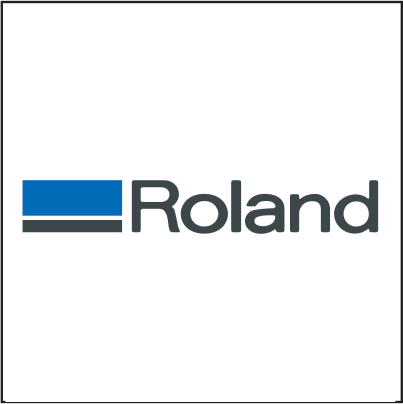DTF vs Sublimation: Which Printing Method Is Better?
Introduction: Choosing the Right Print Process for Your Brand
As customization becomes a defining feature of modern apparel and merchandise, understanding print technology is no longer optional—it’s essential. Direct‑to‑film (DTF) and sublimation printing have both risen to prominence because they allow businesses and hobbyists to create high‑quality prints on garments, accessories and home décor. Each method has its own strengths, limitations and cost considerations. In this guide I draw on industry insights and my own experiences to help you decide whether DTF or sublimation will suit your needs.
Understanding DTF Printing: How It Works and Why It’s Popular
The DTF Process Explained
DTF printing involves printing a design onto a polyethylene terephthalate (PET) film with special water‑based inks, coating the image with an adhesive powder and then using a heat press to bond it to the fabric. The adhesive ensures crisp edges and vivid colors, while the heat press permanently bonds the design to cotton, polyester, fleece or even nylon. Because the ink sits on top of the material rather than permeating it, prints remain vibrant even on dark fabrics.
Key Advantages of DTF
-
Material versatility – DTF prints adhere to cotton, polyester, blends, fleece, nylon and other fabrics, giving creators a wider range of garment options than sublimation.
-
Detail and color accuracy – Fine text, gradients and photorealistic graphics translate well to DTF because the process doesn’t require separate layers for each color.
-
On‑demand capability – Short run orders or single pieces are easy because DTF setups take only minutes and require no screens. For businesses using DTF Supplies and quality MUTOH ECO INKS, quick turnaround is an everyday reality.
-
Adaptability to dark fabrics – Since white ink can be printed as a base layer, designs remain opaque even on black garments.
Limitations You Should Know
While DTF excels at small, detailed prints, large solid areas can feel heavy and reduce breathability. The ink film adds a slightly raised texture that feels stiff until the garment is washed a few times. Over time, especially with high‑heat washes, minor cracking may occur. It’s important to follow care instructions and use high‑quality transfer media from trusted suppliers like MIMAKI INKS. Additionally, the startup cost of a dedicated DTF printer can range from about $1,300 to $7,000 for a professional setup, which is higher than entry‑level sublimation systems.

Understanding Sublimation Printing: Heat‑Driven Brilliance
What Happens in Sublimation
Sublimation printing is a chemical transformation: special dyes are printed onto paper and then heated until they convert directly from solid to gas. Under the pressure of a heat press, the gas bonds with polyester fibers or polymer‑coated surfaces. Because the ink becomes part of the fabric rather than resting on top, sublimated garments remain soft and breathable, and the print never cracks or peels.
Why Sublimation Is Beloved
-
Permanent, vibrant colors – The dye infuses into the fabric, producing high‑resolution, edge‑to‑edge prints that resist fading even with repeated washing.
-
All‑over print capability – Large panels such as jerseys, leggings, swimwear and blankets can be completely covered without altering fabric feel.
-
Suitable for hard goods – Mugs, coasters, phone cases and mouse pads are common sublimation items. Because the ink bonds with polymer coatings, the surface remains smooth and durable.
-
Lower startup costs – Modified inkjet printers can be converted for sublimation with minimal investment. Entry‑level systems may cost $400–$5,100, depending on size.
Sublimation’s Constraints
Sublimation requires light‑colored polyester or polymer‑coated substrates. It cannot print on cotton or dark garments because the gaseous dye cannot bond to natural fibers. White ink is not available, so any white areas in your design will show the color of the base material. For those printing on diverse textiles, DTF may be a better option. If you choose sublimation, be sure to use premium consumables such as Mutoh Inks to achieve the richest tones.
DTF vs Sublimation: Which Printing Method Is Better?
The debate often hinges on four criteria: fabric compatibility, longevity, print appearance and cost. The table below summarizes these differences in concise terms.
|
Factor |
DTF Printing |
Sublimation Printing |
|
Material |
Cotton, polyester, blends, fleece, nylon |
Light‑colored polyester or polymer‑coated items |
|
Durability |
Good but can crack/peel over time |
Excellent; ink becomes part of fabric |
|
Finish feel |
Slightly raised texture; may feel stiff initially |
Smooth, soft and breathable |
|
Design complexity |
Handles fine details, multiple colors on dark fabrics |
Best for photorealistic artwork on light fabrics |
|
Eco‑impact |
Uses adhesive films; more waste |
Uses dyes and paper; minimal waste |
|
Startup cost |
$1.3K–$7K; specialized printer required |
$400–$5.1K; modified inkjet works |
Does Sublimation or DTF Last Longer?

Longevity is crucial when customers expect prints that survive countless wearings and washings. Sublimation prints have the edge in longevity because the dye permanently integrates with the fabric’s fibers. They resist fading, peeling and cracking even after heavy use. This makes them ideal for sports jerseys, swimsuits and home goods exposed to sunlight or moisture.
DTF printing also produces durable results, especially when high‑quality powder adhesive and inks are used. According to cost‑analysis research, DTF prints on cotton and dark fabrics can outlast sublimation prints on comparable materials. However, because the ink layer sits on the surface, repeated stretching or washing—especially in hot water—may create small cracks. Proper garment care and using premium DTF Supplies help mitigate this.
What Are the Disadvantages of DTF Printing?
While I love the flexibility of DTF, it isn’t without downsides:
-
Thicker handfeel on large designs – Large solid prints can make garments feel stiff and less breathable. For big logos, sublimation or screen printing might be better.
-
Potential for cracking – Surface inks may crack after numerous hot washes. Gentle washing and air drying reduce this risk.
-
Higher initial investment – Professional DTF printers and curing equipment require a bigger upfront cost than entry‑level sublimation setups.
-
Waste generation – Adhesive powders and PET films produce more consumable waste than sublimation paper.
-
Learning curve – Achieving consistent results requires dialing in temperature, pressure and adhesive coverage; beginners might find sublimation simpler.
Despite these drawbacks, high‑quality consumables—such as MUTOH ECO INKS and correctly formulated adhesive powders—can minimize issues and produce professional results.
What Is Better Than Sublimation?
No single method is universally superior because each excels in different scenarios. That said, alternatives may prove better depending on your goals:
-
DTF for dark and natural fabrics – When you need vibrant prints on cotton or leather, sublimation simply isn’t an option. DTF handles these materials with ease.
-
Direct‑to‑garment (DTG) printing – DTG uses water‑based inks directly on fabric. It offers soft prints on cotton garments but lacks the versatility of DTF and the all‑over coverage of sublimation.
-
Screen printing – For bulk orders of simple designs, screen printing remains cost‑efficient. However, setup is laborious and not ideal for full‑color photos.
-
Hybrid approaches – Many businesses mix techniques. For example, a company might use sublimation for all‑over athletic apparel and DTF for customized caps.
Ultimately, the “better” method is determined by your substrate, design complexity and business model.
Is DTF More Expensive Than Sublimation?
Cost is a frequent concern for small businesses. A detailed cost comparison by industry experts shows that specialized DTF printers range from US$1,000 to US$5,000, plus optional curing ovens. Sublimation printers can be as cheap as US$300 if you convert a consumer inkjet, and high‑end setups top out around US$5,100. In terms of materials, PET film for DTF costs about US$0.07–$0.39 per square meter, whereas sublimation paper costs US$0.25–$0.39 per square meter.
When analyzing per‑unit costs, DTF prints cost roughly US$1.50–$3.00 for a 12 × 12" print compared to US$1.20–$3.20 for sublimation. For larger prints (18 × 24"), DTF costs US$3–$6, while sublimation costs US$2.50–$5.00. Therefore, DTF has a higher upfront investment but slightly lower per‑unit cost for small runs; sublimation becomes more cost‑effective as print size and volume increase.
From my perspective, if you’re testing designs or producing occasional dark‑fabric prints, paying more for a DTF setup makes sense. However, if your business focuses on polyester sportswear or large, full‑coverage items, sublimation offers lower entry costs and long‑term savings.

Additional Considerations for Decision‑Making
Sustainability and Waste
If eco‑friendliness influences your brand, sublimation printing generally generates less waste. It uses fewer consumables (just paper and ink) and doesn’t require adhesive powders. DTF printing generates PET film waste and powder residue but does not involve toxic chemicals. Some suppliers are introducing recyclable films, so check with your DTF Supplies provider for sustainable options.
Order Volume and Speed
Because DTF involves fewer steps—print, powder, heat press—it is faster for single pieces and small orders. Sublimation requires printing designs on transfer paper first, followed by longer heat pressing times for large panels. If your business relies on personalization and quick turnaround, DTF may provide a competitive edge. For large orders of identical products, sublimation’s ability to press multiple items simultaneously can be more efficient.
Product Range
Think about what you want to sell. If your catalog includes hats, denim jackets, hoodies, fleece or cotton tees, DTF is the clear choice because it bonds well with varied textures. For leggings, sports bras, swimwear and mugs, sublimation produces the seamless all‑over prints consumers expect. Many entrepreneurs diversify their product line by utilizing both methods; they source Mutoh Inks to maintain consistent color across production.
Conclusion: Choosing the Best Fit for Your Business
Deciding between DTF vs sublimation printing is about understanding your products, budget and brand identity. DTF printing offers unmatched versatility across fabric types, vibrant colors on dark garments and quick turnaround for on‑demand orders. Sublimation delivers silky‑smooth, permanent prints on light‑colored polyester and excels at large, seamless designs and home goods.
In my own work, I often combine the two: I use sublimation for full‑coverage activewear and DTF for custom hoodies and caps. By mixing techniques and investing in quality consumables—whether DTF Supplies, MUTOH ECO INKS, MIMAKI INKS or Mutoh Inks—you can deliver professional results that stand out in a crowded market. If you’re new to DTF, I recommend reading the repair‑guide article What Is DTF Printing and How Does It Work? for an in‑depth look at the process.
Ultimately, there isn’t a one‑size‑fits‑all answer. Evaluate your product range, budget, order volume and sustainability priorities to choose the technology that aligns with your goals. By understanding the nuances of DTF vs sublimation, you’re better equipped to deliver print‑on‑demand products that delight customers and strengthen your brand.

